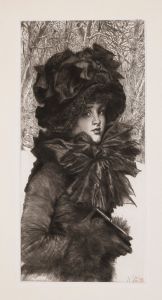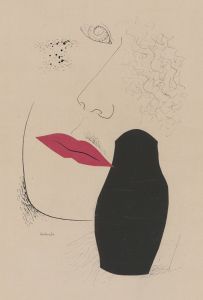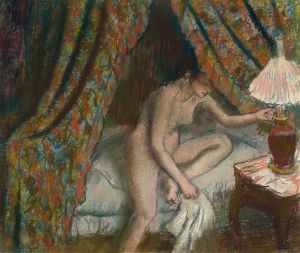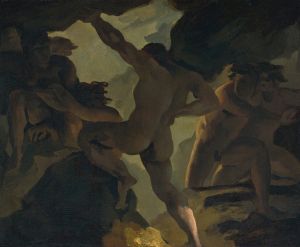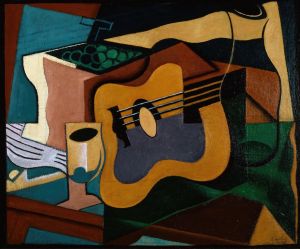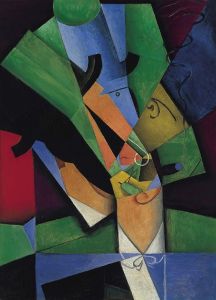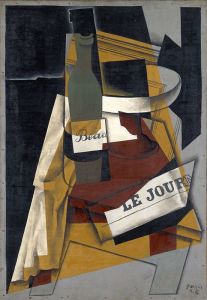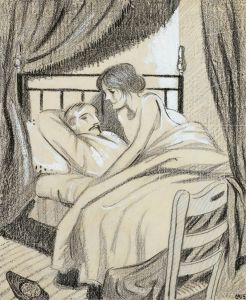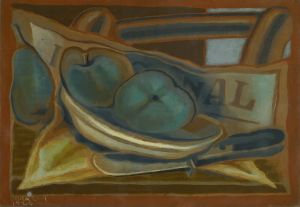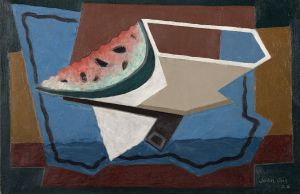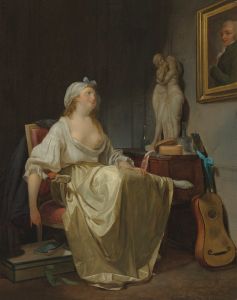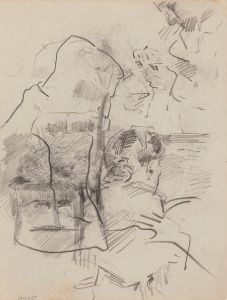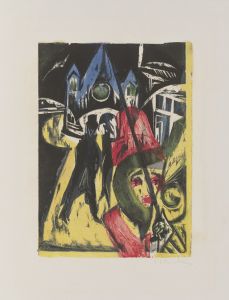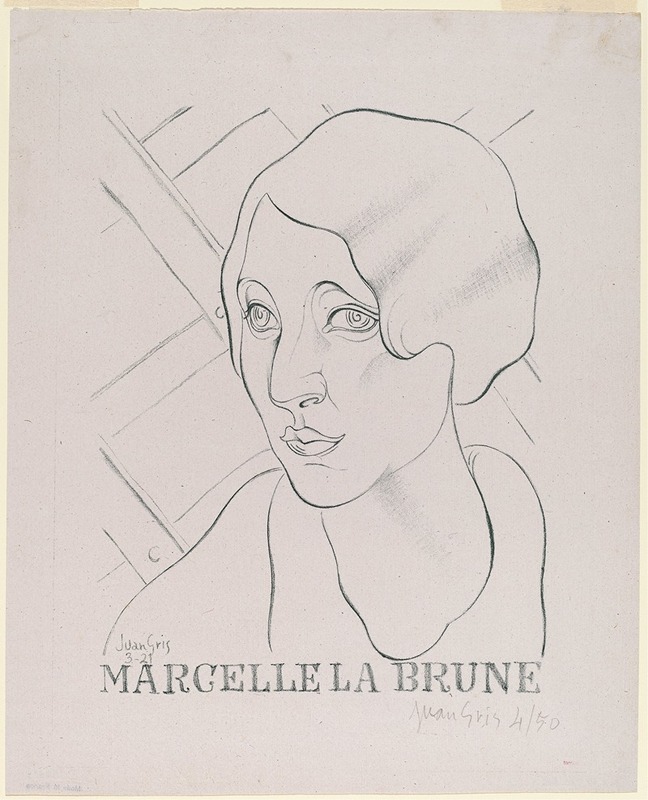
Marcelle la Brune
A hand-painted replica of Juan Gris’s masterpiece Marcelle la Brune, meticulously crafted by professional artists to capture the true essence of the original. Each piece is created with museum-quality canvas and rare mineral pigments, carefully painted by experienced artists with delicate brushstrokes and rich, layered colors to perfectly recreate the texture of the original artwork. Unlike machine-printed reproductions, this hand-painted version brings the painting to life, infused with the artist’s emotions and skill in every stroke. Whether for personal collection or home decoration, it instantly elevates the artistic atmosphere of any space.
Juan Gris, a prominent Spanish painter and sculptor, is widely recognized for his significant contributions to the Cubist movement. One of his notable works is "Marcelle la Brune," a painting that exemplifies his unique approach to Cubism. Gris was born on March 23, 1887, in Madrid, Spain, and later moved to Paris, where he became an integral part of the artistic community that included Pablo Picasso and Georges Braque, the pioneers of Cubism.
"Marcelle la Brune" is a testament to Gris's mastery of the Cubist style, characterized by its geometric shapes and fragmented forms. Gris's work often involved a meticulous arrangement of shapes and colors, creating a harmonious yet complex composition. His approach to Cubism was distinct from his contemporaries, as he often employed a more structured and refined technique, focusing on clarity and precision.
The painting "Marcelle la Brune" reflects Gris's interest in everyday subjects, a common theme in his work. He frequently depicted still lifes, musical instruments, and figures, transforming them into intricate compositions that challenged traditional perspectives. Gris's use of color in "Marcelle la Brune" is particularly noteworthy. He employed a palette that balanced muted tones with vibrant hues, creating a dynamic interplay that adds depth and dimension to the piece.
Gris's contribution to Cubism extended beyond his paintings. He was also an influential theorist, articulating his ideas about art and the role of the artist in society. His writings and lectures provided insight into his artistic philosophy, emphasizing the importance of intellectual engagement and the synthesis of form and content.
"Marcelle la Brune" is a reflection of Gris's artistic evolution and his commitment to exploring the possibilities of Cubism. His work during this period demonstrates a shift towards a more synthetic form of Cubism, where he integrated elements of collage and textural contrasts. This approach allowed him to experiment with different materials and techniques, further enriching his visual language.
Gris's impact on the art world was profound, and his work continues to be celebrated for its innovation and aesthetic appeal. "Marcelle la Brune" is a prime example of his ability to transform ordinary subjects into extraordinary compositions, challenging viewers to reconsider their perceptions of reality.
Throughout his career, Juan Gris remained dedicated to pushing the boundaries of artistic expression. His contributions to Cubism and modern art have left an indelible mark on the history of art, influencing generations of artists who followed. "Marcelle la Brune" stands as a testament to his enduring legacy, showcasing his skillful manipulation of form, color, and composition.
In summary, "Marcelle la Brune" by Juan Gris is a significant work within the Cubist movement, highlighting the artist's innovative approach and his ability to convey complex ideas through visual art. Gris's dedication to his craft and his influence on the development of modern art continue to be recognized and appreciated by art enthusiasts and scholars alike.





